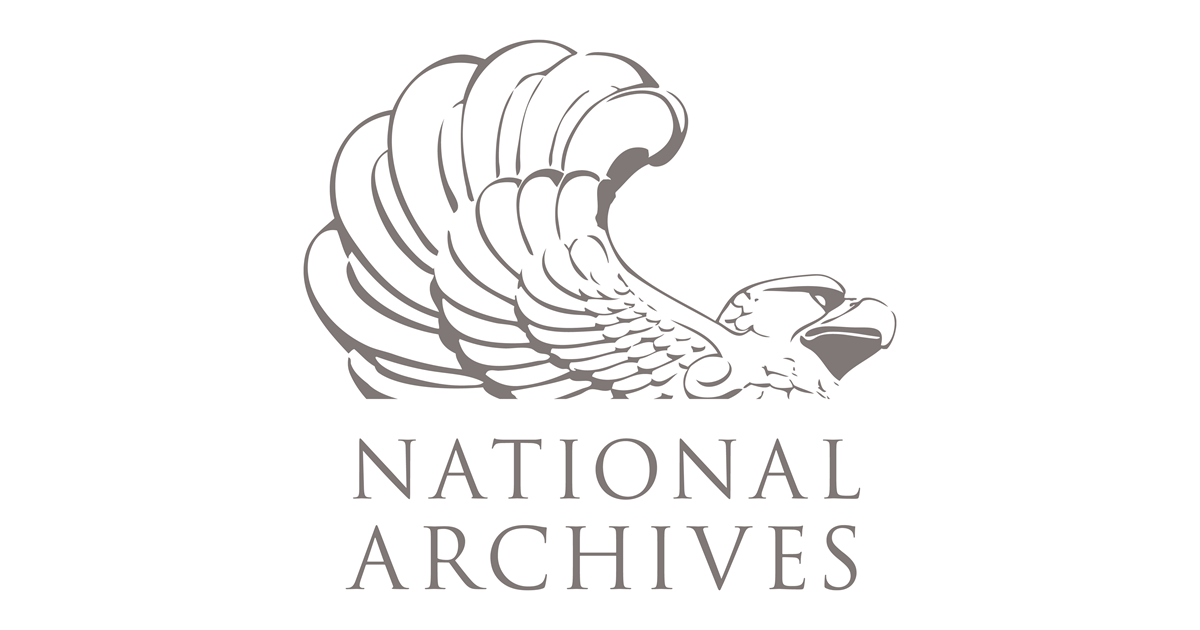5fish
Well-Known Member
- Joined
- Jul 28, 2019
- Messages
- 14,788
- Reaction score
- 5,466
I found this short but interesting article... railroads hidden effects...
https://www.columbiadailyherald.com/article/20150228/OPINION/302289991
For the Union army this made capturing and using Southern railroads an absolute requirement before they could take the first step toward their enemies. Once they had taken a rail line they then had to defend it from raiders and any other enemy action. The Confederates learned very quickly that these exposed rail lines were the enemy’s jugular, and their own great weakness.
Snip... Why Shiloh ...
One of the South’s most important railroad was the Memphis and Charleston Railroad that connected the Atlantic coast to the Mississippi River. U.S. Grant also knew this, and his first invasion came up (south) the Tennessee River to Pittsburg Landing where it was a relatively short march to the M&CRR at Corinth, Mississippi. Confederate General Albert Sidney Johnston was ahead of him, and as he fell back out of Tennessee he gathered his army together at Corinth. He knew that he had to defend that railroad.
Snip...
Johnston struck first, and the result was the Battle of Shiloh, but the Confederates lost and fell back to Corinth where the Union army laid siege. Even withholding that railroad the Confederates had to fall back into Mississippi, and the M&CRR was cut in half. While the battles of Shiloh and Corinth were important, the crucial aspect of this campaign was that the Union army now held both the lower Tennessee River Valley and a significant chunk of the M&CRR.
Snip... plan...
The Union army came up with only one method that worked – some of the time. They used soldiers – lots and lots of soldiers. They built stockades and small forts all up and down the railroads and garrisoned them with the lesser-fit men of their armies. There was a small fort at the Rutherford Creek bridge just off Carter’s Creek Pike, and at Duck River they had a large fort where the Spontex plant was and two block houses, all guarding the Duck River railroad bridge. At Culleoka there was a fortress known as “Fort Palmer” to guard the long trestle over Fountain Creek. It was named for a General Palmer whose command built it.
You can read the rest for the outcome...
https://www.columbiadailyherald.com/article/20150228/OPINION/302289991
For the Union army this made capturing and using Southern railroads an absolute requirement before they could take the first step toward their enemies. Once they had taken a rail line they then had to defend it from raiders and any other enemy action. The Confederates learned very quickly that these exposed rail lines were the enemy’s jugular, and their own great weakness.
Snip... Why Shiloh ...
One of the South’s most important railroad was the Memphis and Charleston Railroad that connected the Atlantic coast to the Mississippi River. U.S. Grant also knew this, and his first invasion came up (south) the Tennessee River to Pittsburg Landing where it was a relatively short march to the M&CRR at Corinth, Mississippi. Confederate General Albert Sidney Johnston was ahead of him, and as he fell back out of Tennessee he gathered his army together at Corinth. He knew that he had to defend that railroad.
Snip...
Johnston struck first, and the result was the Battle of Shiloh, but the Confederates lost and fell back to Corinth where the Union army laid siege. Even withholding that railroad the Confederates had to fall back into Mississippi, and the M&CRR was cut in half. While the battles of Shiloh and Corinth were important, the crucial aspect of this campaign was that the Union army now held both the lower Tennessee River Valley and a significant chunk of the M&CRR.
Snip... plan...
The Union army came up with only one method that worked – some of the time. They used soldiers – lots and lots of soldiers. They built stockades and small forts all up and down the railroads and garrisoned them with the lesser-fit men of their armies. There was a small fort at the Rutherford Creek bridge just off Carter’s Creek Pike, and at Duck River they had a large fort where the Spontex plant was and two block houses, all guarding the Duck River railroad bridge. At Culleoka there was a fortress known as “Fort Palmer” to guard the long trestle over Fountain Creek. It was named for a General Palmer whose command built it.
You can read the rest for the outcome...



